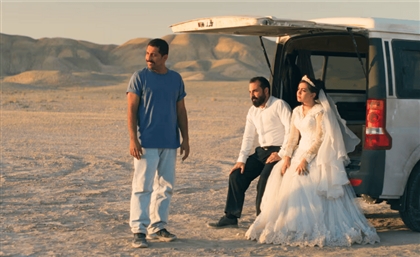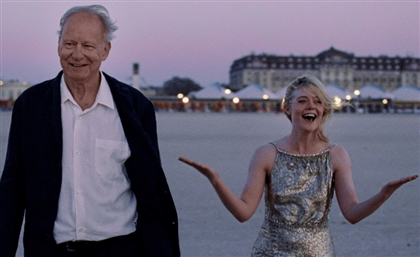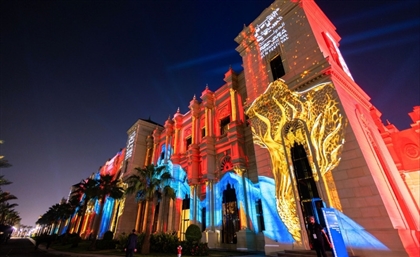This 17th-Century Fort in Lebanon Feels Straight Out of a Fable
Set on a solitary limestone promontory, Mseilha Fort was built in the 1600s to guard the valley road.
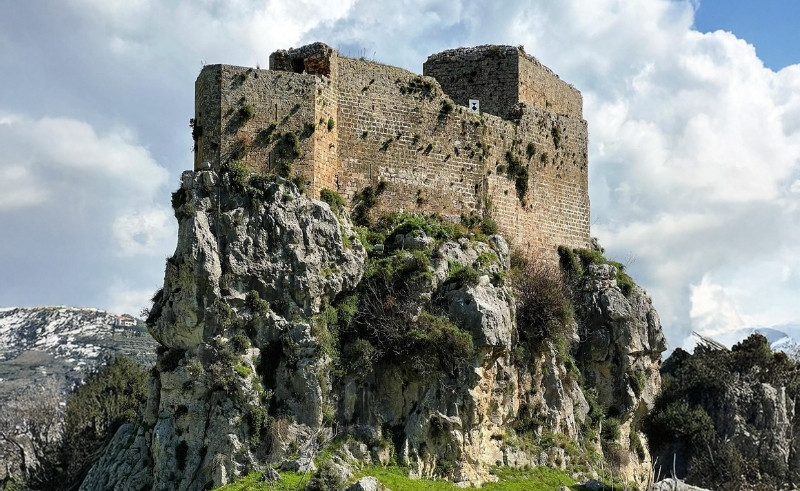
Approaching Mseilha Fort—an austere stronghold perched on a solitary limestone promontory in northeast Lebanon—is like stepping into a fable. Bright pastures stretch across the valley, a stone bridge arcs gracefully over the Nahr al-Jawz River, and mountains rise in layered shadows. Above it all, the fortress commands the sky, as if conjured by Tolkien or Aesop themselves.
And yet, Mseilha Fort is real. Driving north from Beirut along the coastal highway toward Batroun, the fortress appears almost suddenly, clinging to the rock like a natural extension of the ridge. Visitors cross the Ottoman-era stone bridge and ascend the narrow path into its entrance—just as countless travellers did when the road it guarded was the only link between Beirut and Tripoli.
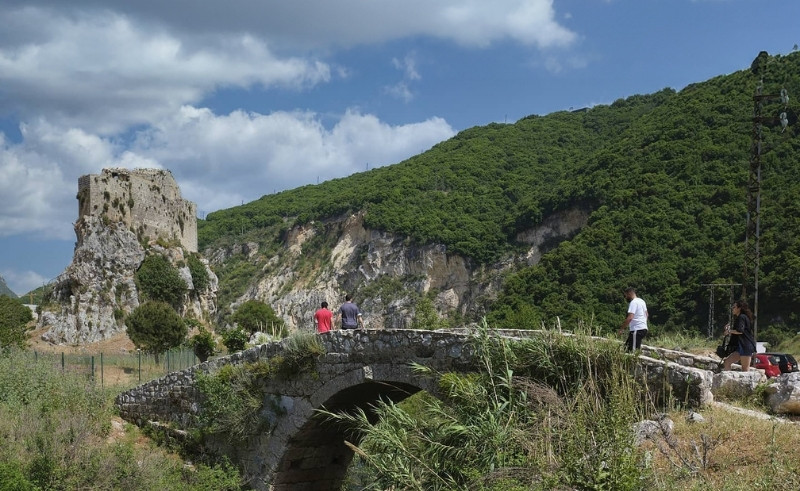
The fort dates to the seventeenth century, commissioned by Emir Fakhr al-Din II after an earthquake destroyed the earlier coastal route. Its purpose was pragmatic: to control movement along the new route, to protect the valley, to stand as a checkpoint of stone. Built of local sandstone and reinforced with lime mortar, the structure is deceptively slender—a long rectangle stretched along the ridge, two storeys high with narrow arrow slits piercing its walls.
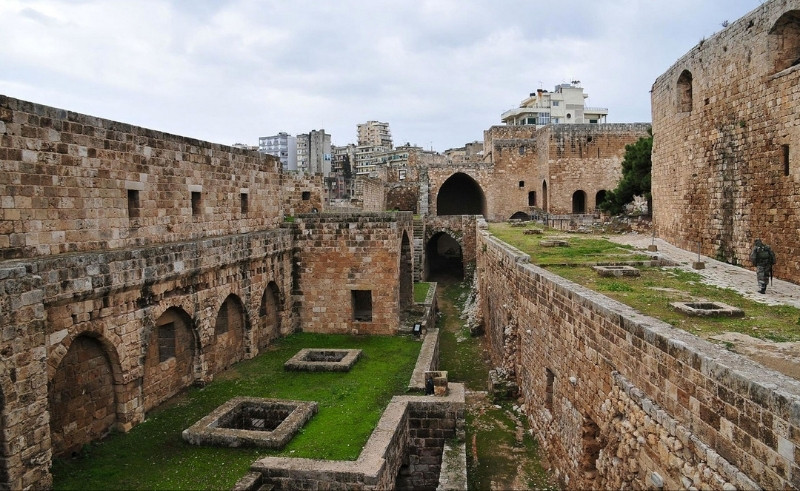
Inside, simplicity reigns: a central hall, a few rooms, tight winding staircases, and an open roof that once served as a lookout. There is no grandeur here, only the enduring logic of stone and purpose.
Around the fort, the landscape continues the story. Oleander and fig trees shade the river below, while the valley floor blooms green in spring. The mountains beyond Batroun form a backdrop that shifts with the light—hazy at dawn, sharp-edged by noon, violet at sunset. It’s a place to pause, to imagine caravans passing along the ridge centuries ago, and to let history feel immediate.
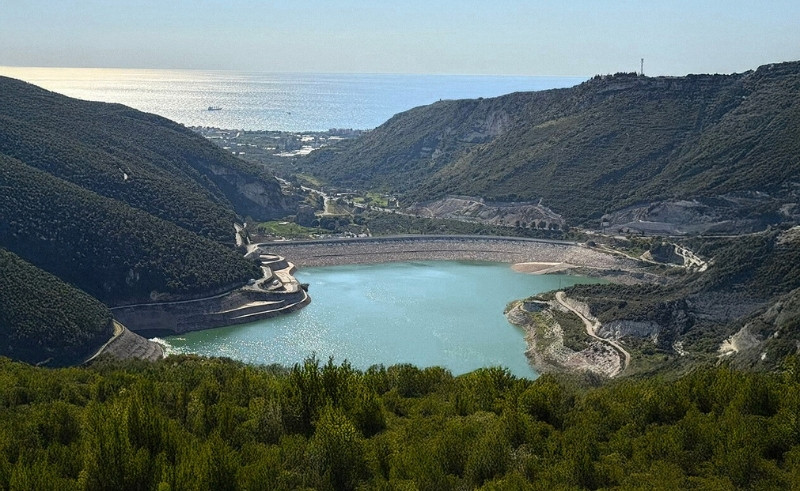
Known for its Phoenician seawall and old souk, Batroun also provides the closest base for food and lodging. Seafood taverns line the harbor, cafés cluster around the old town, and guesthouses and boutique hotels offer stays that range from the modest to the carefully restored. The fort itself takes little time to explore—an hour is enough—but the surroundings give reason to linger.
Cycling along the coast, swimming off Batroun’s rocky beaches, or hiking inland toward Tannourine and its cedar reserves can easily round out the day. For the less energetic, simply watching the sea with a glass of the region’s famed lemonade feels enough. The point is that the fort, austere as it is, becomes the anchor for a larger journey: a reminder that history in Lebanon is never far from landscape, and that both can be stepped into with the scent of oleander on the breeze and the river murmuring below.
Trending This Week
-
Dec 04, 2025











